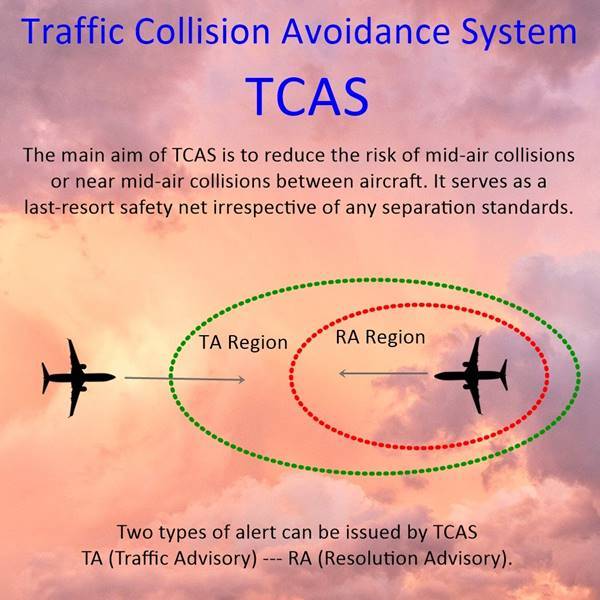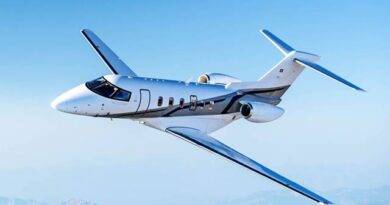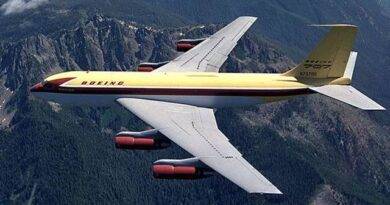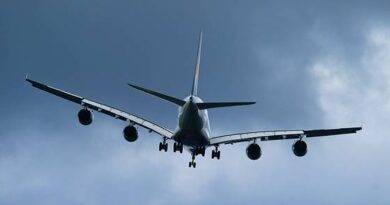Near Miss in Aviation
A near miss in aviation is an unplanned event that has the potential to cause, but does not actually result in, human injury, environmental or equipment damage, or interruptions to normal operations. These incidents must be reported to collect data for further analysis and investigation. At that moment, the goal should be to derive safety improvements, not to punish those involved. A near miss can be defined as an aviation incident where two or more aircraft come dangerously close to colliding but avoid contact. These events may occur both on the ground and in the air and are triggered by various factors, including:
- Pilot error
- Air traffic controller error
- Mechanical failure
- Weather conditions
- System failures
- Examples of Near Misses
Here are a few examples of near misses in aviation:
In 2017, an Air Canada flight came within 100 feet of colliding with a Delta Airlines flight over San Francisco International Airport. The Air Canada flight was cleared to land on runway 28L, but the Delta flight was still on the runway. The Air Canada flight crew aborted their landing at the last second.
In 2019, a FedEx cargo plane came within 50 feet of colliding with a Southwest Airlines passenger plane over Austin, Texas. The FedEx plane was descending to land at Austin-Bergstrom International Airport, while the Southwest plane was taking off. The FedEx plane crew aborted their landing at the last second.
In 2022, a United Airlines flight came within 1,000 feet of colliding with a private jet over Kauai, Hawaii. The United Airlines flight was cleared to descend to 10,000 feet, but the private jet was still at that altitude. The United Airlines flight crew saw the private jet at the last second and took evasive action.
Causes of Near Misses
There are a variety of factors that can contribute to near misses in aviation. Some of the most common causes include:
Pilot error: Pilot error is the leading cause of near misses in aviation. Pilots can make mistakes for a variety of reasons, including fatigue, distraction, and poor communication.
Air traffic controller error: Air traffic controllers are responsible for ensuring that aircraft maintain safe separation distances. Air traffic controllers can make mistakes for a variety of reasons, including fatigue, distraction, and heavy workload.
Mechanical failure: Mechanical failures can occur on any aircraft, and can lead to near misses if not detected and corrected in time.
Weather conditions: Weather conditions such as thunderstorms, turbulence, and icing can create dangerous conditions for aircraft and lead to near misses.
System failures: System failures can occur in a variety of aircraft systems, such as the navigation system or the communication system. System failures can lead to near misses if not detected and corrected in time.
Prevention of Near Misses
To prevent near misses in aviation, we can do a number of things, such as…
- Improved pilot training: Pilots should be trained to identify and avoid potential hazards, and to respond quickly and appropriately to near misses.
- Improved air traffic control procedures: Air traffic controllers should be provided with the tools and resources they need to safely manage air traffic.
- Improved aircraft maintenance: Aircraft should be regularly maintained to prevent mechanical failures.
- Improved weather forecasting and reporting: Pilots and air traffic controllers should have access to accurate and up-to-date weather information.
- Improved aircraft safety systems: Aircraft should be equipped with safety systems that can help to prevent near misses, such as traffic collision and avoidance systems (TCAS).

Near misses in aviation are a serious safety concern. By understanding the causes of near misses and taking steps to prevent them, we can help to make aviation even safer.
References and Further Reading:
- Federal Aviation Administration (FAA), Aviation Safety Information Analysis and Sharing (ASIAS) database
- National Aeronautics and Space Administration (NASA), Aviation Safety Reporting System (ASRS) database
- Air Line Pilots Association (ALPA), Near Miss Reporting Program
- International Civil Aviation Organization (ICAO), Aviation Safety Reporting System (ASRS)
- Flight Safety Foundation, Aviation Safety Network


